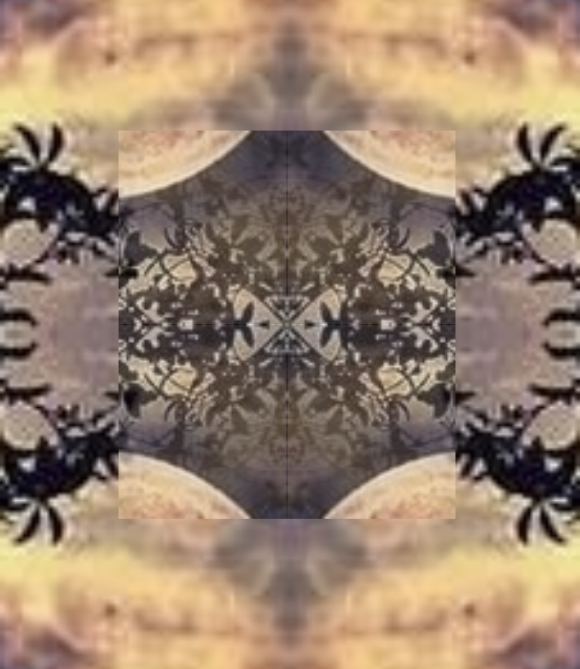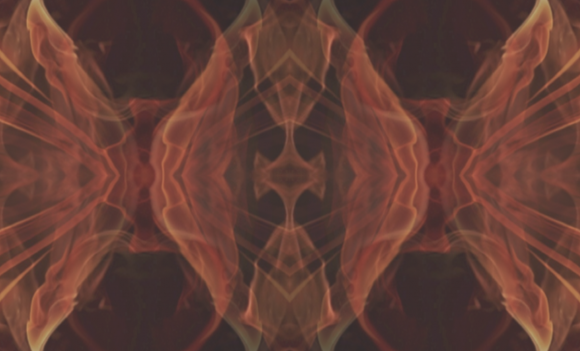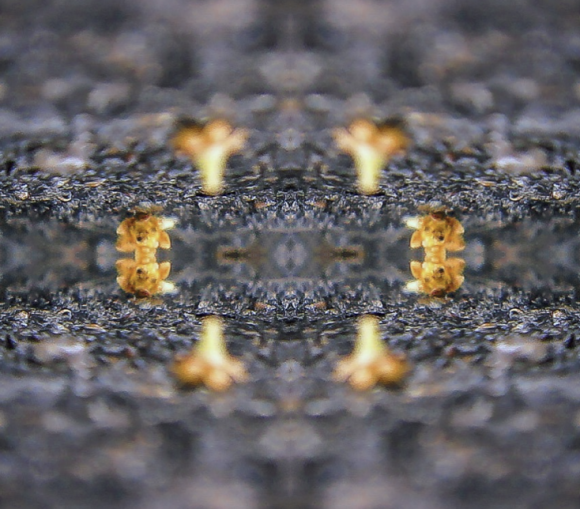On what basis can we say that someone we encounter is “the same” as someone we’ve met before? I have discussed this in my last post, and we’ve seen that the answer will be very different if that “someone” is not an actual, embodied person, but a character we hear or read about in a text (such as, in a dream report).
This should give us food for thought when it comes to dream figures that seem to reappear: when a dreamer encounters “the same” character in different dreams. How does one know it’s actually the same character? (Remember that anything we know about a dream character is from a later re-telling, whether it’s directly from memory or written down in a dream diary. We never interpret a dream, directly: we always interpret a dream in a narration that was fixed later.)

Again, there are two layers to the issue: first, we might ask how the dreamer knows that, and secondly we might ask how an analyst (or theorist) knows that, especially when interpreting this dream character as representing an archetype. In fact, we might also ask what comes first: does Jung first figure out that it’s the same character, and then link it with an archetype — or does he already have an archetype in mind, and uses the idea that both appearing characters represent “the same” archetype for inferring that therefore they are “the same” character?
This might not seem such an interesting question at first. If an analysand reports “Yesterday in my dream, I saw a wise old man”, and next week says “Yesterday, a clever fox gave me some advice”, Jung might well say that in both dreams the archetype of Spirit appeared, albeit in the form of two different dream characters. (It’s still an interesting question how this is the same archetype, i.e. that of Spirit; but there needs to be no question about whether it’s the same dream character.) Likewise, if the analysand reports in two consecutive weeks something like “An old man appeared in my dream and taught me something”, it may not be of any interest whether it was the same “old man”. The analyst might ask, and the analysand might reply “I don’t know. It was just an old man each time.” (In fact, in this case even the question why we consider this the same archetype seems altogether unproblematic.) But things are not always this simple.
In the dream series that forms the basis of Jung’s Psychology & Alchemy, there is a number of characters which are only vaguely characterized as “the veiled woman” (§§ 64, 67, 73, 110) or “the man with the pointed beard” (der Spitzbart, §§ 86, 117, 136; also § 200). Jung treats these characters without any further comment as identical in each of their appearances; in other words, they are not simply taken as representing some part or aspect of the dreamer’s psyche (the anima and the intellect, resp.), but it is assumed that these parts or aspects are continuously represented by the same, recurring dream character. (That’s to assume much more than in the examples above, of the old man vs. fox, or the two occurrences of simply “an old man”.) On what basis can he be so sure? There is almost no real description here except the same form of words (“the veiled woman”, “the unknown woman”, “the pointy-bearded man”). Of course, the dream texts he quotes are redacted: they are shortened and summarized (as Jung explains, § 47). So there may be more in the original texts that aids these re-identifications. But if that’s the case, Jung doesn’t mention it.
We know today that the dreamer in Psychology & Alchemy was Wolfgang Pauli, and we also know from the Pauli-Jung correspondence that he judiciously and thoroughly kept track of the cast of characters in his dreams. It’s somewhat likely, therefore, that it was Pauli himself who made these re-identifications, and made it appear they were certain. Consider a similar case of a recurring dream character he mentions in his letters:
Die entstandene Situation “konstelliert” nun offenbar den Archetypus, der mir wohlbekannt ist und als “der Fremde” in Erscheinung tritt. Er hat einen ausgesprochenen Psychopompos-Charakter und dominiert stets die ganze Situation, auch die “Anima”. Früher hatte er zwei Erscheinungsformen eine helle und eine dunkle (letztere erschien bisweilen als “Perser” im Traum). Aber im Jahr 1948 hat mit ihm eine weitere Verwandlung stattgefunden, die eine Annäherung der beiden Pole des Gegensatzpaares gebracht hat, so daß er dann als blond, aber mit einem dunklen Gewand oder umgekehrt, aber deutlich als ein und derselbe Mann erschien. (Er ist übrigens kein alter Mann und nicht weißhaarig, sondern eher jünger.)
PJB 47 [Pauli an Jung, 4.6.1950]
[…] möchte ich nun versuchen, Ihnen zunächst jene Gestalt des “Fremden” […] zu schildern, wie wenn er ein Charakter in einer Geschichte wäre, wobei ich sowohl früheres, bis 1946 zurückgehendes, als auch späteres Traummaterial berücksichtige. Es ist offenbar der Archetypus der “Manapersönlichkeit”, oder des “Magiers” (ich spreche nur deshalb nicht vom “alten Weisen”, weil meine Figur nicht als alt erscheint, sie ist eher jünger als ich).
PJB 53 [Pauli an Emma Jung, 16.11.1950]
But this doesn’t really resolve the issue: for one thing, how could Pauli be certain? When he says that this figure, though appearing in two forms, is “deutlich […] ein und derselbe Mann” — how is that “distinctiveness” to be understood? And is the certainty an affective feature of his dreaming, i.e. was he sure in the dream to recognize the same character each time that character showed up? (Did he really remember earlier dreams while dreaming of the character afresh?) Or is it simply an unreflected assumption afterwards, when recollecting and recording the dreams? Would either be reliable enough to base an interpretation on that re-identified continuity of personage? Or should Jung have questioned this? Would it have made a difference for his ensuing “amplifications” if Pauli hadn’t been so sure whether he saw “always the same” Spitzbart or different Spitzbarts at different stages in the dream series?
From considerations such as these, we might even develop the suspicion that Jung’s archetypes, far from being objective psychological structures (as he claims), consist in little more than generalizations over a few subjective (perhaps idiosyncratic) certainties in a small number of analysands with a strong personality.



